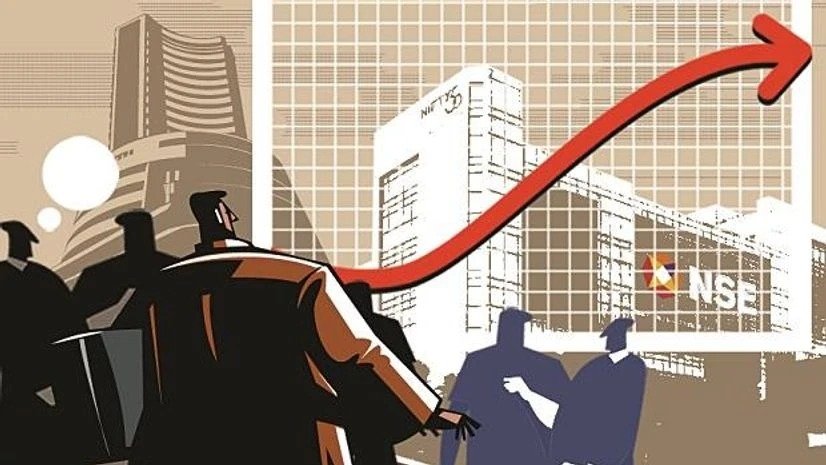Consumers barely up spending in May compared to April as still-high inflation and high interest rates curbed spending.
According to the Commerce Department, retail sales rose 0.1 percent in May, slower than the pace expected by economists. And April sales were revised downwards – down 0.2 percent from unchanged. Sales rose 0.6 percent in March and 0.9 percent in February. This comes after a 1.1 percent decline in sales in January, which was partly due to bad weather.
Excluding gas prices and auto sales, retail sales increased by the same amount. Excluding gasoline sales, whose prices are falling, sales rose 0.3 percent. Retail sales data gives only a partial look at consumer spending because it doesn’t include things like travel and lodging. However, sales at restaurants, the only service category tracked in the monthly retail sales report, fell 0.4 percent in May.
Sales at clothing and accessories stores rose 0.9 percent, while electronics and appliance stores gained 0.4 percent. Online sales rose 0.8 percent. But trade in construction materials and garden supplies fell 0.8 percent. And sales at gas stations were down 2.2 percent.
As of Monday, the national average price of a gallon of unleaded gasoline was US$3.45; A month ago it was US$3.59, AAA said.
A strong job market and rising wages have boosted household spending, but rising credit costs and still-high inflation have kept spending volatile, although declining. To provide shoppers some relief, Target, Walmart and other chains have made price cuts — some permanent, others temporary, over the summer months.
Earlier this month, the government reported that U.S. employers added 272,000 jobs in May, accelerating from April and an indicator that companies are still growing quickly enough in the economy despite sky-high interest rates. Can continue recruitment. The government report on consumer inflation last week showed that inflation eased substantially in May, as the price of gasoline, new cars and even car insurance fell.
The government said last week that consumer prices – a closely watched “core” index excluding volatile food and energy costs – rose 0.2 percent from April to May. That was down 0.3 percent from the previous month and the smallest increase since October. Overall growth also slowed last month, with consumer prices unchanged from April to May. When measured from a year earlier, prices rose 3.3 percent, down from a 3.6 percent gain a month earlier.
Federal Reserve officials said last week after the report that inflation has fallen further toward its target level in recent months, but signaled they expected to cut their benchmark interest rate only once this year. Nevertheless, concerns over still-stable inflation helped drag US consumer sentiment for the third consecutive month. The University of Michigan’s consumer sentiment index, released in a preliminary version Friday, fell to 65.6 this month from a final reading of 69.1 in May.





































































































































































































































































































